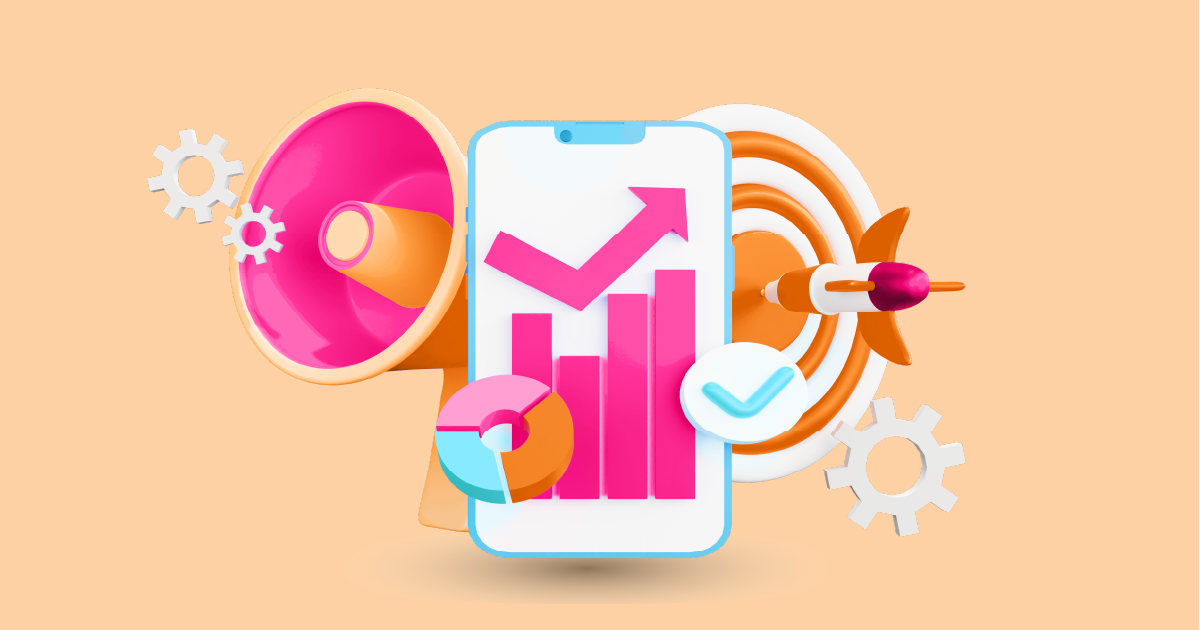In today’s digital age, keeping track of media mentions has become essential for businesses and individuals alike. Whether you’re a brand looking to monitor your reputation or a PR professional seeking to gauge the effectiveness of your campaigns, understanding media mentions tracking is crucial. This article delves into the intricacies of media mentions tracking, offering insights into its significance, strategies for effective tracking, best practices for interpretation, case studies, and recommended tools and resources.
Importance of Media Mentions Tracking
![]()
Tracking media mentions provides valuable insights into how a brand is perceived by the public and its target audience. It helps businesses measure the impact of their marketing and PR efforts, identify emerging trends, monitor competitors, and seize opportunities for engagement and growth. Additionally, media mentions tracking aids in crisis management by enabling timely responses to negative publicity.
Challenges in Media Mentions Tracking
Despite its benefits, media mentions tracking comes with its set of challenges. The vast amount of data generated across multiple channels can be overwhelming to analyze effectively. Moreover, distinguishing between relevant and irrelevant mentions and accurately attributing sentiment can be complex tasks.
Strategies for Effective Media Mentions Tracking
1. Utilizing Monitoring Tools
Investing in media monitoring tools such as Mention, Talkwalker, and AIM Insights can streamline the process of tracking and analyzing media mentions. These tools offer features like sentiment analysis, trend identification, and competitor benchmarking.
2. Setting Up Google Alerts
Google Alerts is a free and easy-to-use tool that sends email notifications whenever a specified keyword or phrase is mentioned online. By setting up alerts for relevant terms, businesses can stay informed about new mentions across the web.
3. Social Media Listening
Monitoring social media platforms like Twitter, Facebook, and LinkedIn allows businesses to track conversations, hashtags, and mentions in real time. Social media listening tools like AIM Insights provide advanced analytics and reporting capabilities.
4. Engaging with Industry Publications
Establishing relationships with journalists and industry publications can increase the likelihood of being mentioned in relevant articles and news stories. Building rapport with key influencers and thought leaders can also amplify media coverage.
5. Analyzing Competitor Mentions
Monitoring competitor mentions provides valuable insights into industry trends, market positioning, and areas of opportunity. By analyzing competitor strategies and reactions, businesses can refine their approach to media mentions tracking.
6. Leveraging PR Agencies
Partnering with PR agencies with expertise in media monitoring and reputation management can provide access to specialized tools, industry insights, and strategic guidance. PR professionals can help businesses navigate the complexities of media mentions tracking and optimize their PR efforts.
Best Practices for Interpreting Media Mentions Data
1. Contextual Analysis
Context is key when interpreting media mentions data. Understanding the circumstances surrounding a mention, such as the source, tone, and timing, helps determine its significance and impact on brand reputation.
2. Differentiating Positive vs. Negative Mentions
Identifying the sentiment of media mentions is essential for gauging public perception. While positive mentions contribute to brand visibility and credibility, negative mentions may signal areas for improvement or potential reputation risks.
3. Identifying Key Trends and Patterns
Analyzing trends and patterns within media mentions data can uncover valuable insights into consumer preferences, market dynamics, and competitive landscapes. Identifying recurring themes and topics enables businesses to tailor their messaging and content strategy accordingly.
4. Incorporating Media Mentions into the PR Strategy
Integrating media mentions data into PR strategy allows businesses to align their messaging, campaigns, and outreach efforts with audience interests and industry trends. By leveraging media coverage effectively, businesses can enhance brand visibility and reputation.
Case Studies
Case Study 1: Company X’s Media Mentions Strategy
Company X, a leading tech firm, implemented a comprehensive media mentions tracking strategy to monitor its brand reputation and industry trends. By leveraging monitoring tools and engaging with industry influencers, Company X increased its media visibility and thought leadership positioning, resulting in enhanced brand recognition and customer trust.
Case Study 2: How Brand Y Leveraged Media Mentions for Growth
Brand Y, a startup in the fashion industry, utilized social media listening and competitor analysis to track media mentions and consumer sentiment. By actively engaging with customers and addressing their feedback, Brand Y cultivated a loyal following and achieved rapid growth in market share and brand awareness.
Tools and Resources for Media Mentions Tracking
- Google Alerts: Free tool for monitoring online mentions and news alerts.
- Mention: Comprehensive media monitoring platform with sentiment analysis and real-time alerts.
- Talkwalker: Social media listening and analytics tool for tracking brand mentions and trends.
- AIM Insights: Advanced social listening and analytics platform for monitoring brand reputation and sentiment.
- Hootsuite: Social media management tool with monitoring capabilities and reporting features.



